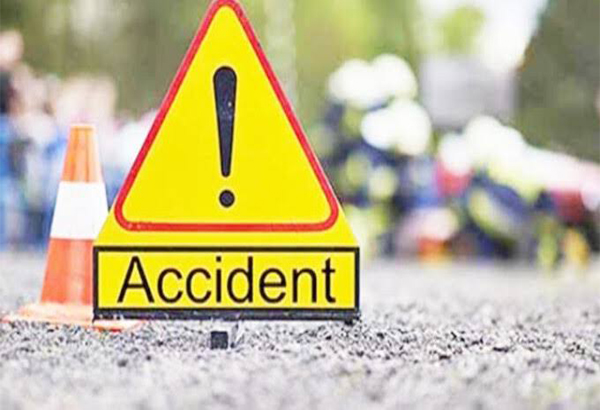
40% deaths on highways caused by rear-end collisions, finds government audit

An audit commissioned by the Union Ministry of Road Transport and Highways on road accidents, has found that around 40 per cent of accident-related deaths on highways are caused due to read-end collisions.
The audit, conducted on a pilot basis, by NGO SaveLife Foundation, took into account data of road accidents on four highways in Uttar Pradesh and Maharashtra. The highway stretches are the Agra-Etawah and Etawah Chakeri sections in Uttar Pradesh and the Pune-Satara and Satara-Kagal stretches in Maharashtra, all totalling 557 km.
After assessing the medical records at trauma care centres and highway shops, the auditors found that “sleepiness and fatigue” of drivers of commercial vehicles were the key reasons behind the rear-end crashes and resultant deaths on these stretches. Most of the deaths were caused when commercial vehicles rammed into stationary ones or those moving slow. The absence of tyre marks on the accident spots indicated that the drivers didn’t apply brakes to avert the mishap, the audit found.
Also read: Did lockdown reduce number of road accidents? Read on to find out
While 50-60 per cent of the accidents happened in the day, collisions between two-wheelers and trucks formed a majority of these accidents, the audit said.
Engineering glitches like gaps in medians, missing crash barriers, and presence of concrete structures along the road were also found to be causing such accident and deaths. Around 7,500 such engineering defects were found on the Agra-Etawah stretch.
According to the audit, as many as 6,500 accidents including 1,600 serious and fatal ones, have occurred on the four highway stretches in the past three years.
Drunk driving, riding without wearing helmet, lack of lighting on the highways and lack of enforcement by state governments are some other reasons that triggered such accidents.
Local weather conditions also played a major role in causing these accidents, the audit says. For instance, on the Agra-Etawah stretch in Uttar Pradesh, 39 per cent of deaths and 32 per cent of the accidents happened under foggy conditions in winter, which reduced the visibility for drivers. Hydroplaning during monsoon was a major reason behind accidents in Maharashtra. [Hydroplaning is when the vehicle slides over a think sheet of water].
What added to the fatalities was the parking of ambulances at equidistant locations between the accident-prone area and the hospital instead of the former.
The government plans to conduct a similar audit on 12 more stretches of a total length of 4,000 km across 15 states. These stretches are said to be contributing to 85 per cent of the accidents and fatalities reported in the country in a year.
The ministry which has commissioned the audit to reduce fatalities due to road accidents on highways, is reportedly carrying out rectifications on the said four stretches.
According to government data, around 5 lakh road accidents happen in India every year, causing 1.5 lakh fatalities.
A report by the Ministry of Road Transport and Highways in 2019 said ‘hit from the back’ or read-end collisions, which accounted for 18.4 per cent of the deaths, was the second-most reason after ‘hit and run’ in contributing behind deaths due to road accidents.
The common factors responsible for the accident, were “driver’s inattention or distraction, tailgating, at junctions, panic stops, and reduced traction due to wet weather or worn pavement,” the report said.

